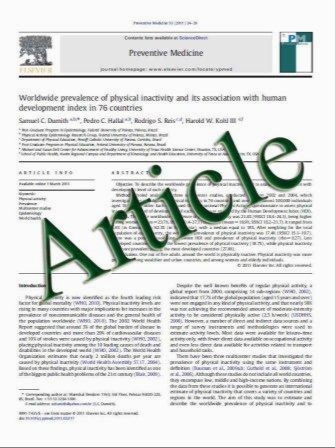Relationship between retinal nerve fiber layer thickness and driving ability in patients with human immunodeficiency virus infection
- نوع فایل : کتاب
- زبان : انگلیسی
- مؤلف : Sarah Cheng & Helaina Klein & Dirk-Uwe Bartsch & Igor Kozak & Thomas D. Marcotte &William R. Freeman
- چاپ و سال / کشور: 2011
Description
Background The aim of this work is to study the possible association between retinal nerve fiber layer (NFL) thickness and driving ability. Methods Thirty-eight drivers including 22 HIV-positive (HIV+) and 16 age-matched HIV-negative controls participants underwent a full ophthalmologic evaluation, including assessment of retinal NFL thickness. In the undilated state with standard optical correction and under standard illumination they also completed a computer-based, wide field-ofview driving simulation in which they were to obey traffic laws, engage in crash avoidance, and pass slower automobiles. Crashes, speeding and traffic light tickets, and off-road excursions contributed to a weighted score of driving errors. Results HIV-seropositive participants had a significantly higher weighted error score than control participants (18.4 [9.2] vs. 11.1 [4.5], p=0.006). NFL thickness was significantly correlated with driving errors (r=-0.51, p=0.025); there was a trend for participants with a CD4 nadir <100 to have more errors than those with a nadir >100 (29.7 [13.2] vs. 19.3 [8.4], p = 0.056). The highest number of driving errors occurred in individuals with both CD4 <100 and NFL thickness <80. Conclusions Driving ability may be impacted by reductions in retinal nerve fiber layer thickness. Physicians should consider the potential impact that more complex ophthalmologic conditions in HIV-infected patients may have on driving performance.
Graefes Arch Clin Exp Ophthalmol DOI 10.1007/s00417-011-1735-4 Received: 27 March 2011 / Revised: 19 May 2011 / Accepted: 21 May 2011


